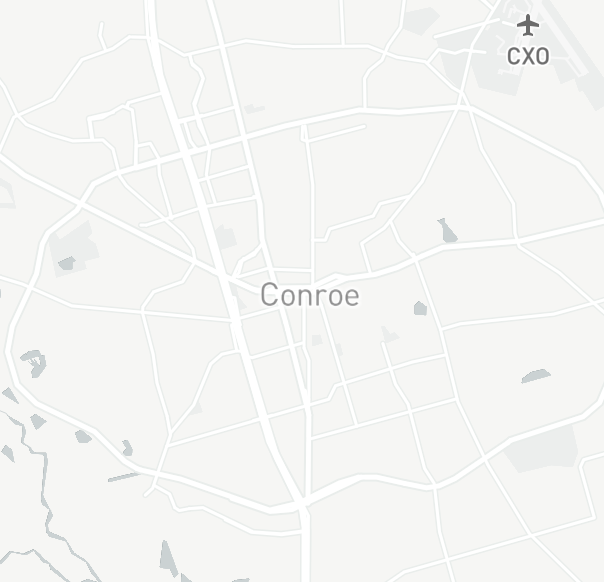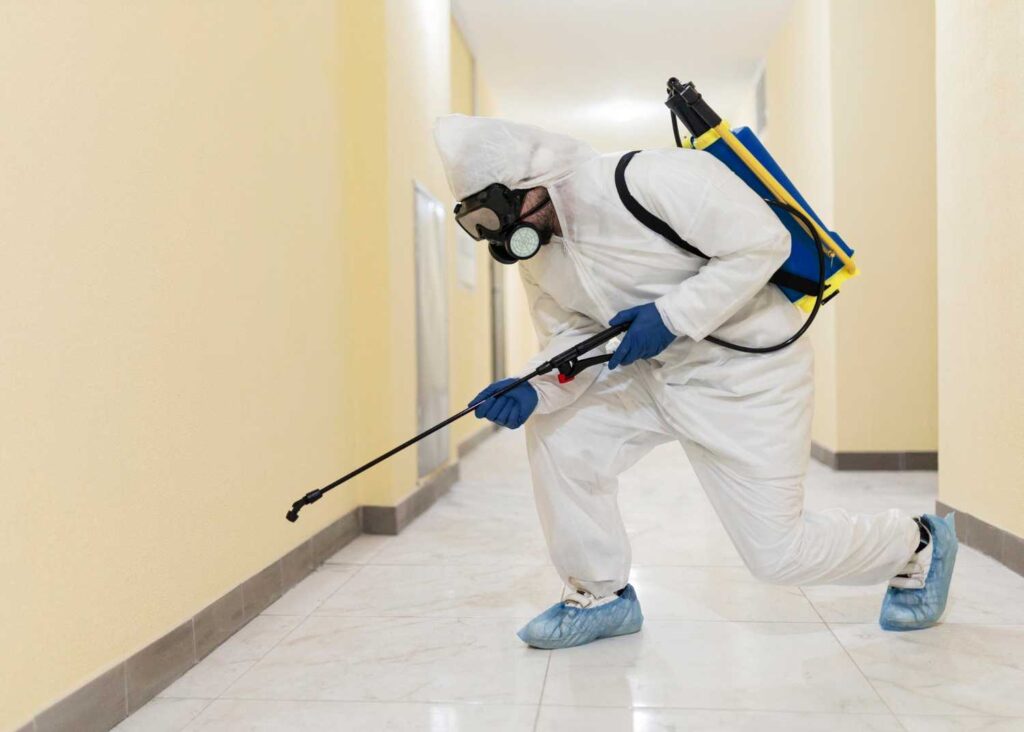Termite infestations can be a homeowner’s nightmare. These tiny insects can cause significant damage to the structure and integrity of your property. To protect your home and effectively manage termite treatments, it’s essential to be proactive and take necessary preventive measures.
Thus, let us discuss strategies for managing anti-termite treatment at home.
Regular Inspections
Performing regular termite inspections is crucial to catch early signs of infestation and addressing them promptly. Here’s what you should do:
- Inspect your home’s foundation, walls, and wooden structures for any visible signs of termites, such as mud tubes, discarded wings, or damaged wood.
- Pay attention to areas prone to moisture, as termites are attracted to damp environments.
- If you notice any suspicious signs, consider contacting a professional termite inspector to assess the situation.
Professional Termite Control
While some DIY methods can help manage termite infestations, professional termite control services offer expertise, specialized tools, and targeted treatments. Here’s what to expect:
- Consult with a reputable pest control company that specializes in termite treatments.
- A professional inspector will assess the extent of the infestation and recommend suitable treatment options.
- Depending on the severity of the infestation, treatment methods may include liquid termiticides, termite baits, or fumigation.
- Regular follow-up inspections and treatments may be necessary to ensure long-term protection.
Soil Treatment
One effective preventive measure is soil treatment, which creates a protective barrier against termites. Consider the following:
- Consult with a professional termite control company to apply termiticides to the soil around your home’s perimeter.
- The termiticides create a barrier that deters termites from entering your property.
- Regular reapplication may be required, especially in areas with high termite activity.
Wooden Structures Maintenance
Termites primarily target wooden structures, so proper maintenance is crucial. Follow these guidelines:
- Ensure good ventilation to prevent moisture buildup in attics, basements, and crawl spaces.
- Seal any cracks or openings in wooden structures, including doors, windows, and foundations.
- Regularly inspect and treat wooden furniture, decks, fences, and other outdoor wooden features.
Termite-Resistant Materials
Consider using termite-resistant materials during construction or renovation projects:
- Opt for pressure-treated lumber or naturally termite-resistant wood species, such as cedar or redwood.
- Use concrete, metal, or composite materials for foundations, flooring, and support structures.
- Incorporate physical barriers, like stainless steel mesh or sand barriers, during construction.
Landscaping Considerations
Your landscaping choices can also impact termite management. Therefore,
- Keep vegetation and shrubs away from the foundation to minimize termite access points.
- Regularly inspect trees and remove any dead wood or decaying stumps that could attract termites.
- Maintain proper drainage to prevent water accumulation near the foundation.
Education and Awareness
Stay informed about termites and their behavior to effectively manage termite treatments. You may,
- Learn about termite signs, habits, and life cycles to identify infestations early on.
- Stay updated on the latest termite control methods and technologies.
- Educate family members and neighbors about termite prevention to create a community-wide approach.
In Conclusion
By implementing these strategies, you can effectively manage anti-termite treatment at home and safeguard your property from termite damage. Remember, early detection and professional assistance are key to successful termite control. Thus, hire the best Houston Pest Control agency-Life After Bugs for effective termite treatments.
Visit us in Houston, Texas, and avail yourself of the benefit of our pest control services. Contact us now to know more!











